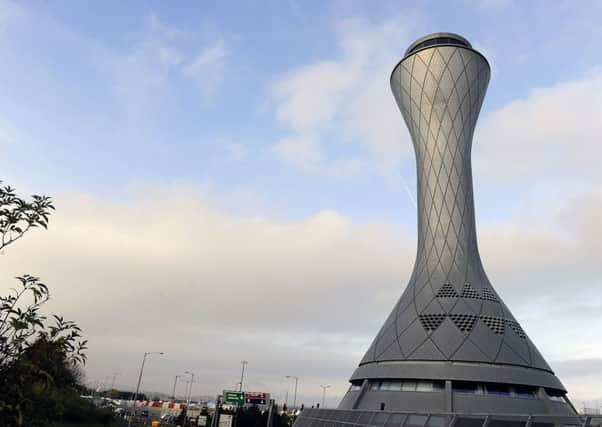Alastair Dalton: Ministers face questions over transport spending


Minority governments often have to make sacrifices, as the SNP will bitterly recall after they first took office in 2007.
Alex Salmond, the so-called “Traminator” back then, was forced to abandon plans to scrap Edinburgh’s controversial tram scheme because it had the backing of the other parties.
Advertisement
Hide AdAdvertisement
Hide AdThe opposition may give the SNP an equally tough time again, over its proposals to halve air passenger duty (APD), plans which were attacked in all their election manifestos.
If the Tories, Labour, Greens and Lib Dems stick to their guns, and with Scottish aviation growth continuing unabated despite the tax – our two main airports put on 9 per cent more passengers last month alone – is this a battle worth fighting?
The clincher here could be the cost. More than £300 million a year is raised in Scotland from APD, and even half of that is a lot of money to find when the Scottish Government seemed to be constantly complaining in the past of not getting enough from Westminster.
This is particularly significant when the overall Scottish transport budget is taken into account – and how it will be funded.
In an impartial briefing note to new MSPs, the Scottish Parliament Information Centre has highlighted that transport will account for more than one third of infrastructure spending over the next two decades, dwarfing sectors like health, education and housing.
The £10 billion plans include schemes with mind-boggling figures, like dualling the A9 and A96 at a cost of £3bn each.
The key point the briefing note makes is that times are going to be tough. It pointed out that the capital budget will be 17 per cent smaller at the end of this decade than it was at the start.
Furthermore, it said that by then the Scottish Government will be nearing its upper limit for spending on repayments from borrowing, and finally, changes to European accounting rules could add further pressure.
Advertisement
Hide AdAdvertisement
Hide AdOf course, these road schemes are just the biggest of a variety of transport spending plans in the SNP manifesto. There’s the pledge to cut Orkney and Shetland ferry fares following past reductions on west coast routes – which the islands’ Liberal Democrat MSPs were quick to remind the SNP of after last week’s election.
Then there’s rail, including electrifying routes across the Central Belt, and looking at extending the Borders Railway and re-opening the Alloa-Dunfermline line to passengers.
And there’s cycling. The SNP manifesto said it was “determined” to reach 10 per cent of journeys by bike by 2020, to the incredulity of campaigners who have watched the rate remain around 1 per cent since devolution in 1999. Their scepticism was confirmed in the briefing note, which said it “seems clear” the 10 per cent figure “will not be met”.
It stated: “A more than seven-fold increase in national cycling modal share in a four-year period would be unprecedented anywhere.”
If the SNP is really determined in the face of all the evidence, it will need to allocate a very significant amount of cash to up the cycling rate – and fast.
That’s another big bill to add to a budget already straining under the weight of other projects. In that context, perhaps reducing APD will be seen as a price politicians simply don’t believe is worth paying.